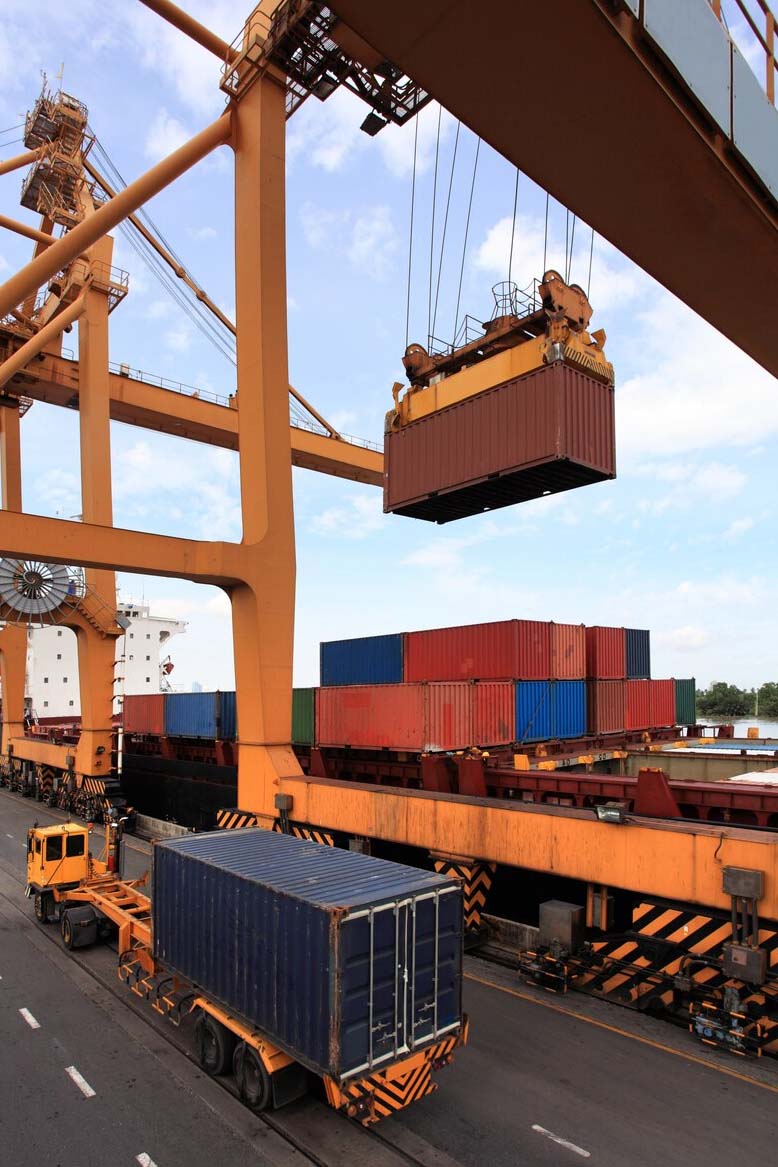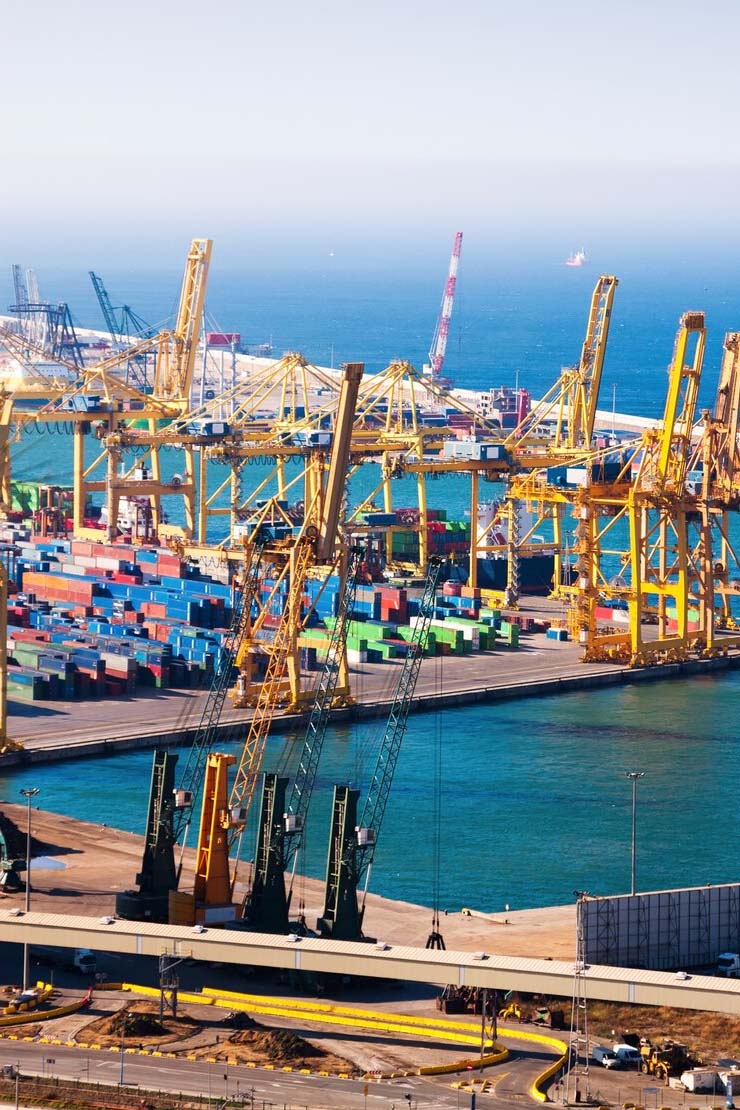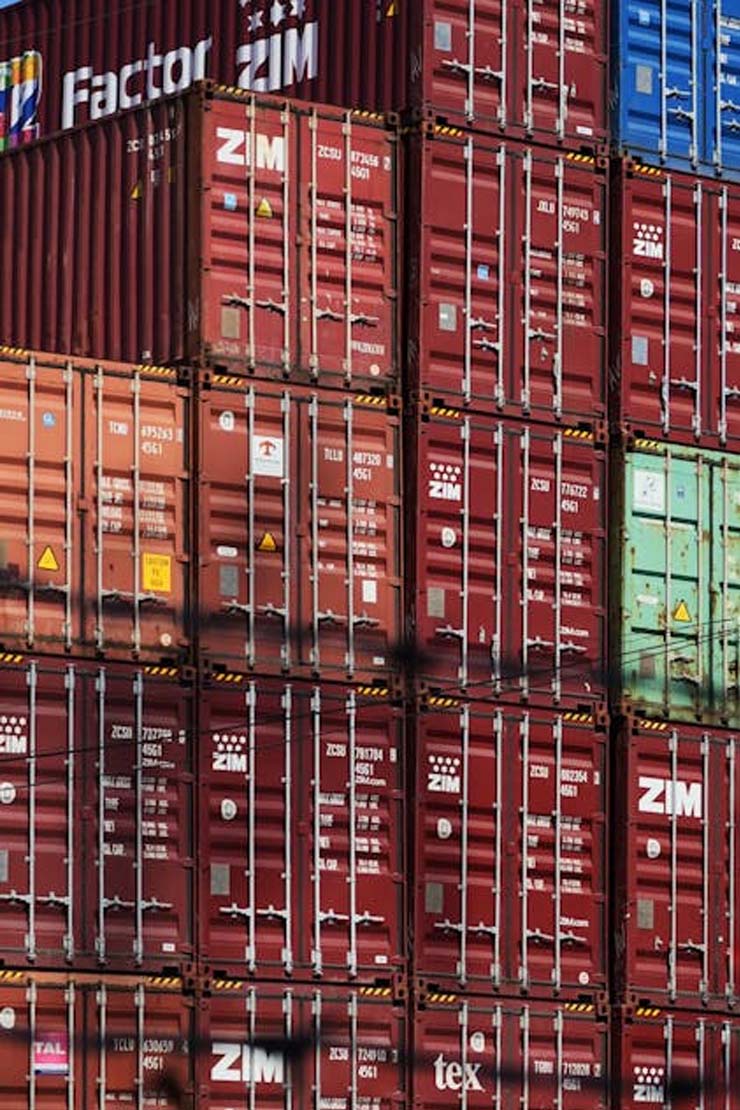Customs clearance in shipping is an important and necessary step in the freight shipping process when importing and exporting goods internationally. Often, this process can seem overwhelming, so shippers will use agents who will work on their behalf which makes the process much easier. Current International Freight’s experienced team of professionals will oversee everything from paperwork documentation and verification, Payments for duties / taxes or exams and complete the customs entry. Our experience along with our honest pricing and eye for detail can greatly improve your cargo shipment and help expedite your customs process whether by ocean or air transport.
We will oversee all aspects of the customs process, from verifying paperwork (Commercial invoices and packing lists), validating titles, carnets to remitting payments for duties / taxes or exam documents. Our experienced team of professionals will make this process easy so you can focus on your business.


Benefits of A Trusted Shipping Partner in Customs Clearance
- Industry experience in customs compliance
- Your Partner experience in customs compliance
- Timeline reduced from days to hours
- Avoided fees from shipping errors or trade agreements
Hiring an ocean freight service that is licensed by the Customs and Border Protection (CBP) to oversee custom entries, paperwork verification, and payments is advisable for several reasons:
Expertise
A licensed shipping freight service by ocean or air has the expertise and experience to navigate the complex regulations and procedures of customs goods clearance. They understand the requirements for documentation, taxes, and fees, and can ensure that everything is in order to avoid delays and potential fines.
Importers are responsible for providing complete and accurate information on their importations, including the value, classification, and origin of the goods and cargo being imported. Violations of customs regulations can result in penalties, including fines and seizure of goods.
Accuracy
A licensed freight service company can verify that all the required documents are accurate and complete, reducing the risk of errors and ensuring that the customs clearance process goes smoothly.
Inaccurate or incomplete information can result in improper classification of goods, incorrect duty and tax assessments, and potential violations of trade laws and regulations.
Speed
A licensed ocean, air and transport freight service has the knowledge and resources to expedite the goods clearance process, reducing the risk of delays and ensuring that your goods arrive at their destination in a timely manner.
If the information cannot be provided or the inaccuracies cannot be corrected, the shipment may be subject to enforcement action, such as seizure of the goods or fines.
By hiring a licensed forwarding and freight service, you can save time, reduce the risk of errors and compliance issues, and ensure that your goods reach their destination without any disruptions.
Benefits of A Trusted Shipping Partner in Customs Clearance
There are several types of fees that the U.S. Customs and Border Protection (CBP) may charge for shipping errors or trade agreements, including:
Penalties: If the importer makes a mistake on their declaration or violates a trade agreement, they may be subject to penalties, which can be substantial.
Liquidated damages: If the importer fails to comply with a trade agreement, they may be required to pay liquidated damages to the CBP.
Duty owed: If the importer under-declares the value of their goods, they may be required to pay additional duty owed to the CBP.
Interest: If the importer does not pay their duties or penalties in a timely manner, they may be charged interest on the outstanding amount.
Storage fees: If the importer does not claim their goods in a timely manner, they may be charged storage fees by the CBP for holding the goods.
The length of time a shipment is held at customs can vary greatly, depending on the nature of the error and the speed with which the issue is resolved. Some errors or discrepancies can be resolved quickly, while others may take several weeks or even months to resolve. Factors that can impact the length of time a shipment is held at customs include the type and complexity of the error, the volume of goods being processed, and the resources available to the customs agency to resolve the issue. It is important for importers to be aware of these issues and to ensure that they comply with all customs regulations and trade agreements to avoid them. A licensed customs broker can help navigate these regulations and minimize the risk of fees and penalties.

What is Customs Clearance?
Customs clearance is the process of obtaining permission from a country’s customs authority to import or export goods. This process involves the submission of various documents, payment of duties and taxes, and inspection of the goods to ensure compliance with regulations. The purpose of customs clearance is to regulate and monitor the flow of goods in and out of a country, and to protect its economy and citizens.
Goods imported into the United States must go through customs clearance because they are subject to various regulations and laws set by the US government. These regulations and laws include: Imported goods may be subject to import taxes, tariffs, and other fees, which are collected by customs to generate revenue for the government and to protect domestic industries.
The US government may limit the quantity of certain goods that can be imported from specific countries to protect domestic industries. Customs ensures that the imported goods meet US health and safety standards to protect consumers and the environment. Customs checks imported goods to ensure that they do not pose a threat to national security, such as weapons of mass destruction, illegal drugs, and counterfeit goods.
Customs clearance ensures that the imported goods comply with these regulations and laws, and helps to protect the US economy, consumers, and national security.

Export Clearance
Goods leaving China must go through export clearance. The customs authority in China is responsible for checking that the goods being exported comply with Chinese laws and regulations, such as trade agreements, export controls, and health and safety standards.
During the export clearance process, the exporter must submit various documents, including a commercial invoice, a packing list, and a bill of lading, to the customs authority. The goods themselves may also be subject to inspection to ensure compliance with regulations.
The purpose of export clearance in China is to regulate and monitor the flow of goods out of the country and to protect its economy and citizens. It also helps to ensure that the goods meet the regulations and standards of the country they are being exported to.

Ocean Shipping Container Options
From a distance, shipping containers tend to all look more or less alike—but they’re not. There are many container options, each with different features to help your goods successfully arrive at their destination.
General Purpose: Most goods ship in general-purpose containers, also known as dry containers, for the goods they can carry. These containers—made of steel and with one opening for loading—are usually either 20 or 40 feet long. In spite of this difference, however, both sizes can carry around 60,000 lbs. The advantage of a longer-length container is not that it can carry double the number of goods but that it can accommodate larger items.
Liquid Containers: Large liquid cargo may be shipped in a tank (essentially, a metal tube filled with liquids such as oil, fuel, food, or chemicals) that rests inside a tank container. The tank container is a metal frame that acts as a nest for the tank and allows it to be stacked with other container units. A 20-foot container can support a 26,000-liter capacity tank. For smaller liquid shipments, shippers might choose a drum, a small water-tight circular-shaped container made of steel or other lightweight materials.
Temperature-controlled: Shippers may choose a refrigeration container, called a reefer, for goods needing a consistent temperature. Reefers are thermal-insulated units with a compressor built into the container to heat or cool their contents. Insulated containers are another option. They can keep goods at a specified temperature but rely on an external source for cooling.
Other Options: Containers come in a variety of shapes and sizes, including a half-height shorter version, a high cube that is taller than the standard height, and, for even taller items, an open top. Containers may also have double doors or side doors to facilitate loading.

Export clearance in China involves several steps to ensure that the goods being exported comply with Chinese laws and regulations:
Documentation
The exporter must provide various documents, including a commercial invoice, a packing list, and a bill of lading, to the customs authority.
Declaration
The exporter must declare the goods being exported to the customs authority, including their type, quantity, value, and destination.
Inspection
The goods may be subject to physical inspection to verify their description and to ensure that they comply with regulations.
Fees
The exporter may be required to pay various fees, such as export taxes and tariffs, depending on the type of goods being exported.
Approval
If the goods and the accompanying documentation comply with regulations, the customs authority will issue an export license, allowing the goods to be exported from China.
These are just a few examples of why goods may fail export clearance. In each case, failing export clearance can result in significant delays, added costs, and potential legal consequences for the exporter. It is important for exporters to carefully review and comply with the regulations of the importing country to avoid these outcomes.
Prohibited Goods
Certain goods, such as drugs, weapons, or endangered species, are strictly prohibited from export and will result in the goods being seized and possibly destroyed.
Trade Sanctions
If a country is under trade sanctions, certain goods may be prohibited from being exported to that country, and may result in the goods being returned or seized.
Health & Safety Regulations
Goods that do not comply with the health and safety regulations of the importing country may be refused entry and returned to the exporting country.
Incomplete Documentation
If the exporter fails to provide complete and accurate documentation, the goods may be held at the border and delayed, or returned to the exporting country.
The entire export clearance process may take several days to complete, and it is important that the exporter provides accurate and complete information to avoid delays or potential fines.
Contact Us
Give us a call at 424-422-1308 or click the button below to fill out our quote request form.
